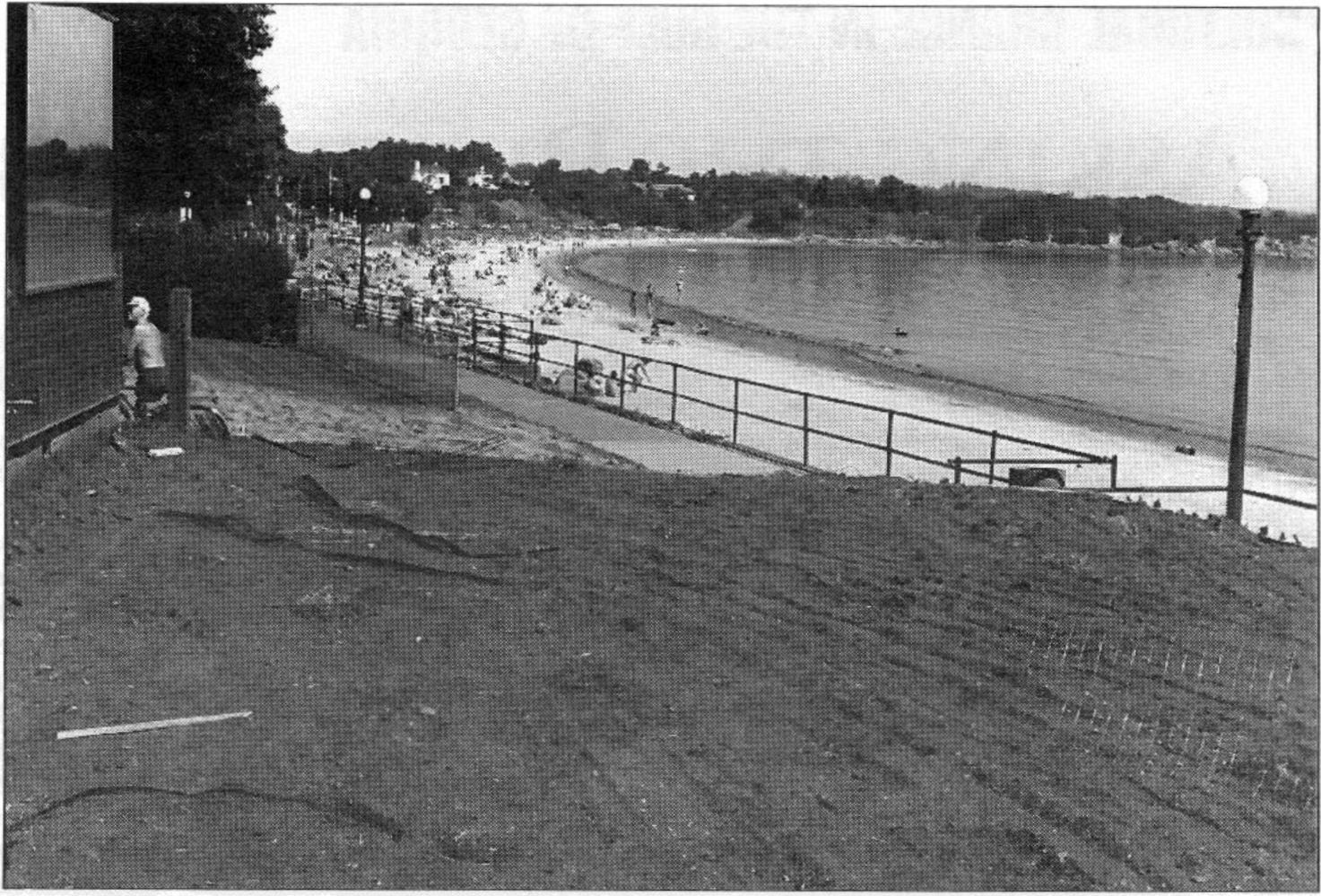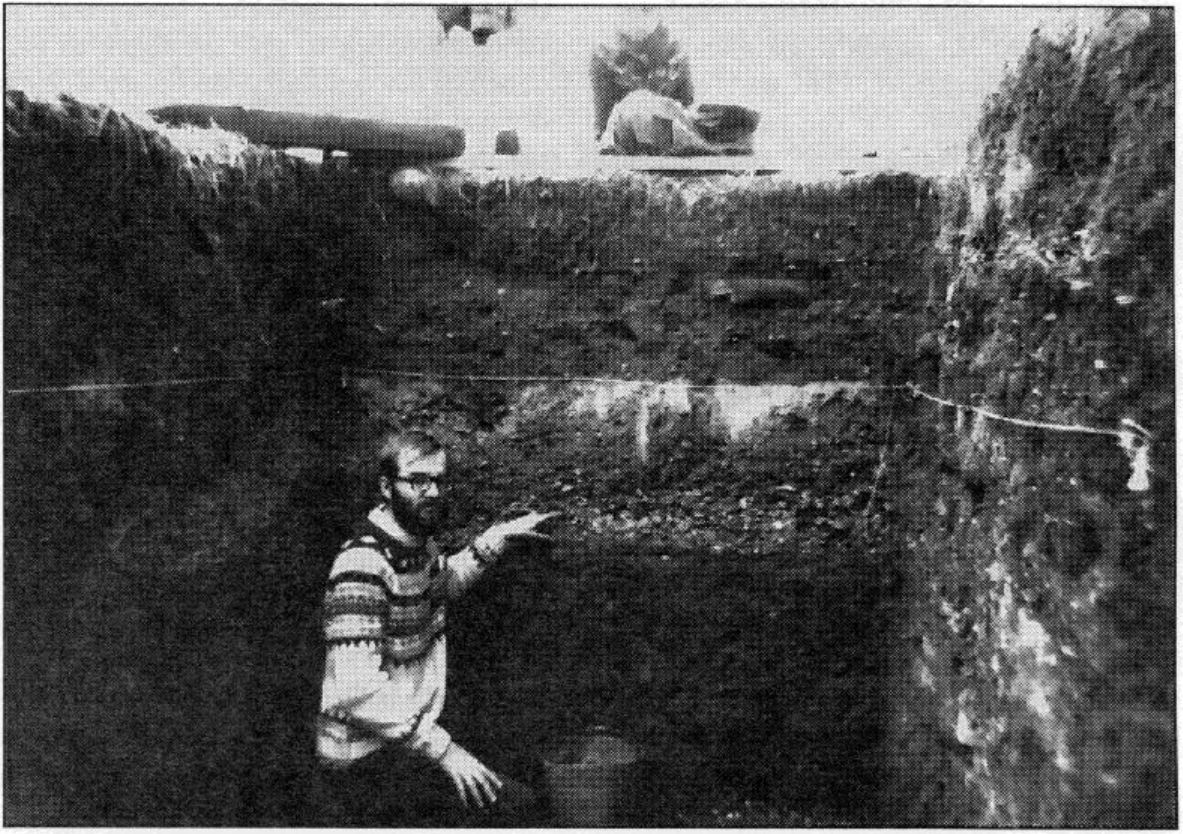Originally Published in The Midden, 24(3), 3-4.
1992.
By Grant Keddie
One of the things I find intriguing is the attempts some archaeologists make in trying to fit an artifact collection that is obviously too small, into poorly supported cultural phases. One or two widely divergent radiocarbon dates from a site serve as evidence for a continuous occupation of several thousand years.
We seem to be preoccupied with having to fit everything into a nice neat evolutionary scheme when, in fact, human cultures rarely follow such continuous sequencing in environmentally rich areas. In the Gulf of Georgia it is most likely that a diversity of cultures moved from different directions, at different times, to merge with and/or displace each other over and over again.
The cultural phases established in the 1960s and 70s are based on poorly dated and stratigraphically questionable assemblages. We have further “refined” these phases and their associated artifact classes, in turn, by moving from partially dated assemblages, to assigning artifacts to phases based on assumed relationships of artifact types to a particular phase.
Evidence of culture change tends to get blurred when we take artifact assemblages from one site out of context with other sites in the local environment, and make comparisons with artifacts from more remote areas.
Making broad general statements about cultural development by observing the data we have on hand is one thing. Comparing sites at different locations in the Gulf of Georgia to define specific phases is dangerous. Yet this is too often done when the specific stratigraphic sequencing at individual sites is not yet completely understood.
Important details are lost as we try to rush, too quickly, toward understanding the big picture. Both minimum and maximum radiocarbon dates from stratigraphic layers containing specific assemblages should be obtained from several sites in a local area before we can make the broader artifact comparisons used to define phases.
While it is true that the cost of radiocarbon dates has hampered our effort in this direction, archaeologists have not thought carefully about what they should date and why. Many large shell midden sites are not uniform through time and space. For both scientific and management purposes we must first answer basic questions about the spatial and temporal boundaries of sites, especially the large deep shell middens threatened by city development.
For example, in Oak Bay the Willows Beach site (DcRt 10), which is several city blocks long, has a distinct lower zone near the southern part of the site excavated by Greg Monks in 1970. This lower zone has been dated to 2700 years ago.

The artifact assemblage for the zone has been described by Ray Kenny and can be used comparatively with similar, dated assemblages. However, we still do not know the time boundary between the lower and upper zones. Therefore, we do not know if there was a relative continuity of people living at the site or if the site was abandoned for a period. A 300-year old date from the middle of the upper zone does not help us in this regard.
I have dated the lowest cultural deposits at two locations at the north end of this site to later than 1700 years ago. This indicates that a much larger area of Willows Beach was used in these later times. The documentation of cultural features in several projects directed by Morley Eldridge, and my own observation of various construction activities have shown that there is a lesser concentration of cultural materials not only at the north end of the site, but in all upper deposits throughout the site. Since it is more exposed to storms and has a sloping, erosional shoreline, this northern end of the site would be the least likely part of the site on which to build homes and in which to bury the dead. These facts suggest a more sporadic, less continuous use of Willows Beach in its later occupation than is evident earlier from the more concentrated lower deposits revealed in Monk’s 1970 excavations.
In Esquimalt harbour the Maplebank site (DcRu 12) also has a distinct lower zone starting at 2800 years, but with a termination date for the lower zone at about 2050 years ago. Radiocarbon dates show that there was a relatively continuous occupation between these two dates. Dating of the bottom of the next zone immediately above, show’s that the site was abandoned for 450 years before it was reoccupied.

We may ask, “Might this period of site abandonment also have occurred at the Willow’s Beach site?” If it did, then we have (as one alternative) the beginnings of a case for the replacement of one cultural group with another. In light of the fact that the older deposits at Willows Beach include major differences in artifact technology from the later deposits, the cultural-replacement hypothesis needs to be given serious consideration. If we cannot otherwise account for the missing time periods with “transitional” assemblages in other local sites, the cultural-replacement hypothesis might provide the best explanation for the differences between the zones.
Many researchers have assumed that long-term cultural continuity is a fact in this area. As a result they have made no serious attempt to give credence to evidence of discontinuity. As future work is done at the Willows Beach site, and others in the Gulf of Georgia, we should focus more on trying to answer the important questions of relative site location and site continuity to provide a context for artifact assemblages, and not be overly concerned (at this time) with plugging into phases.